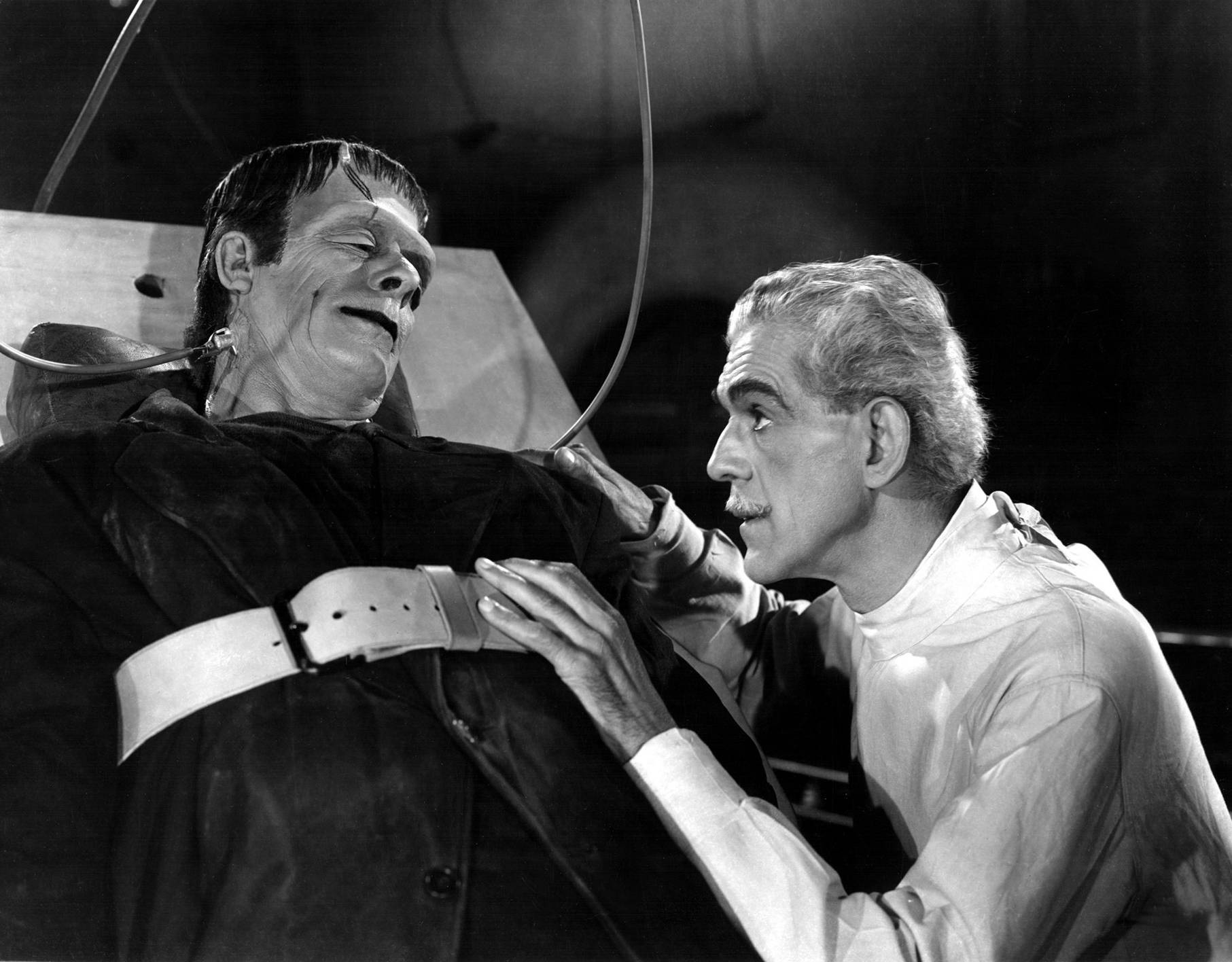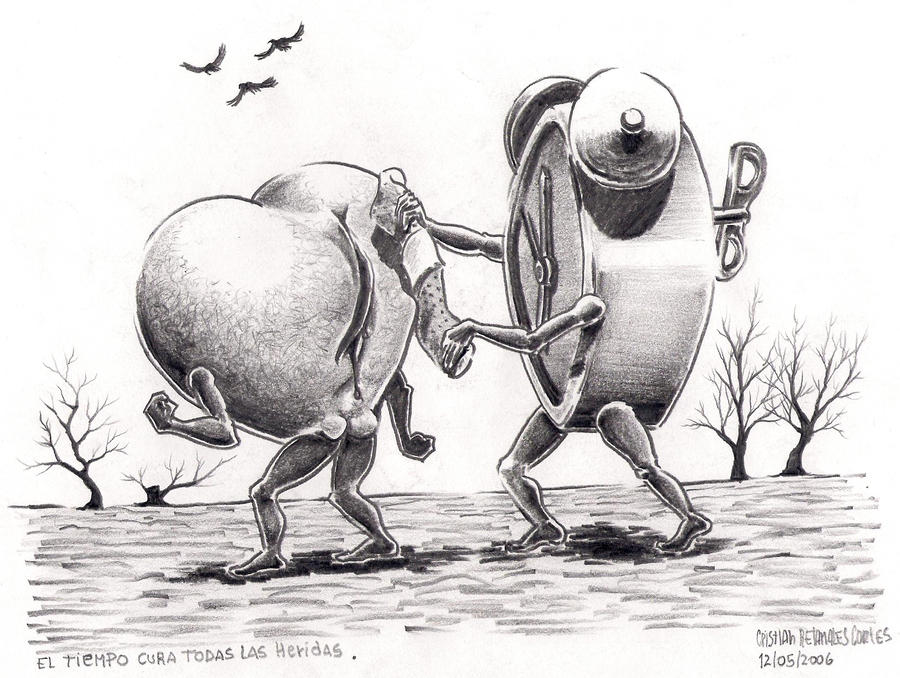This week we discussed the idea of incorporating
biotechnology into art. A big component of this lecture is the ethical issues
and moral issues which surround this new emerging field. This was the component
which piqued my curiosity the most.
The picture above embodies the issues I see with Bio-art.
Everyone knows the story of Dr. Frankenstein and his “monster”. The idea I want
to take from this novel is the desire to create something and the eventual
horror in what he has done (Shmoop). I believe the fear and horror with Bioart
is two parts (Monstrous). Firstly, when has science gone too far (religious issues
and non-religious issues)? Secondly, and also related, when does Bioart cease
becoming art? These two issues can be
summed up by one general question: What is the definition of art?
Like all new mediums when they are first introduced, fear of
its potential are always raised and society is hesitant. This can be seen from
recent examples like television (Enli et al). The problem that today’s society is
having with Bioart is defining what is acceptable and people’s fear of
something new.
From my reading, I believe most scientists are relatively ok with the coming
of bioart. After reading the paper by Zurr and others on the ethical claims of
bioart, it seems to me that a good portion of those who understand the science
are ok with the direction Bioart is coming (Zurr et al). However, it still
forces many religious and philosophical issues that many are not comfortable
facing (McDonell).
Time solves all problems. In my opinion, art’s definition will constantly be changing.
Art is a representation of all the political, social, and economic issues of
the time period. In addition, it is a response to the social norms, just
slightly ahead of the general accepted definition. Whatever society dictates
art is, art will evolve into something else. Right now, we are seeing a change
in what will be considered art. Works such as Body Worlds, and other examples
of Bioart, are emerging. Soon enough, I believe society will learn to accept this
new art.
Sources
"Frankenstein
Summary." Shmoop.
Shmoop, n.d. Web. 10 Nov. 2013.
"Frankenstein
Influence on Art and Society." Monstrous.com.
Monstrous.com, 2011. Web. 10 Nov. 2013.
Enli, Gunn, et al.
"FROM FEAR OF TELEVISION TO FEAR FOR TELEVISION: Five political debates
about new technologies." Media History ahead-of-print (2013): 1-15.
Zurr, Ionat, and Oron
Catts. "The ethical claims of bio-art: Killing the other or
self-cannibalism?." Australian and New Zealand Journal of Art 5.1
(2003): 167-188.
McDonell, Rodney.
"BioArt - An Evolution In Art." SaCrIt: Highlighting the Beauty from the Intersection of
Science ♥ Art.
Rodney McDonell, 7 Aug. 2010. Web. 10 Nov. 2013.




Hi Anthony,
ReplyDeleteI like your conclusion, the way you say that time solves all problems. "Art's definition will constantly be changing". I agree, while many people may think art is just painting on canvas, art is far beyond that. Bioart and the modifications of the human body is the 21st century definition of art, and I'm sure new, controversial art will be developed in the future.